Is There a Path to Overturn Flag Burning Precedents
In a move that has reignited a long-simmering debate, President Trump has issued a new executive order aimed at prosecuting the burning of the American flag. The order, titled "Prosecuting the Burning of the American Flag," has sparked both praise and condemnation, with supporters lauding it as a defense of national pride and opponents decrying it as an assault on free speech.
But beyond the impassioned rhetoric lies a complex legal landscape dominated by a landmark Supreme Court case: Texas v. Johnson. To understand the potential impact of Trump’s executive order, one must first delve into the legal precedent that has protected flag burning as a form of symbolic speech for over three decades.
The Precedent: A Deep Dive into Texas v. Johnson
The 1989 Supreme Court case Texas v. Johnson is the cornerstone of the legal debate over flag burning. The case involved Gregory Lee Johnson, who burned an American flag outside the 1984 Republican National Convention in Dallas to protest the Reagan administration's policies. Johnson was convicted under a Texas law that prohibited the desecration of a venerated object.
The Supreme Court, in a narrow 5-4 decision, overturned Johnson's conviction, ruling that flag burning is a form of "symbolic speech" protected by the First Amendment. The majority opinion, authored by Justice William Brennan, made several key arguments:
Expressive Conduct: The Court determined that Johnson's flag burning was "expressive conduct" because it occurred during a political protest and was intended to convey a political message. The Court noted that "a government cannot mandate by fiat a feeling of unity in its citizens. Therefore, that very same government cannot carve out a symbol of unity and prescribe a set of approved messages to be associated with that symbol."
Government Cannot Prohibit Ideas: The Court's majority opinion emphasized a core principle of the First Amendment: the government cannot prohibit the expression of an idea simply because society finds the idea itself offensive or disagreeable. This protection extends to actions, not just words.
Insufficient State Interest: Texas argued that it had an interest in preserving the flag as a symbol of national unity and in preventing breaches of the peace. The Court rejected both arguments. It found that preserving the flag's symbolic value was not a compelling enough reason to suppress speech and that there was no actual breach of the peace in Johnson's case.
The dissenting justices, led by Chief Justice William Rehnquist, argued that the American flag's "unique position as the symbol of our Nation" justified a prohibition on its desecration. However, the majority's opinion has remained the law of the land. The Court reaffirmed its position in the 1990 case United States v. Eichman, striking down a federal law, the Flag Protection Act of 1989, that was passed in direct response to the Johnson decision.
The Voices of Dissent: An Alternate View of the Flag
While the majority opinion in Texas v. Johnson has defined the law for over thirty years, the dissenting opinions, authored by Chief Justice William Rehnquist and Justice John Paul Stevens, offer a counterargument. Understanding these dissents is key to grasping the ongoing legal and cultural tension surrounding the issue and evaluating if a future Supreme Court might ever revisit the precedent.
Chief Justice Rehnquist's Dissent: The Flag as a Unique Symbol
Chief Justice Rehnquist, joined by Justices White and O'Connor, argued that the American flag is not just another idea or viewpoint in the "marketplace of ideas." Instead, he asserted it holds a unique and revered position in American life. His argument was built on several key points:
"Mystical Reverence": Rehnquist contended that "millions and millions of Americans regard [the flag] with an almost mystical reverence," a feeling that transcends their individual political or philosophical beliefs. Because of this special status, he argued, the government has a legitimate interest in protecting its physical integrity.
Action, Not Expression: Rehnquist characterized flag burning as an "inarticulate grunt or roar" designed to antagonize rather than express a particular idea. He saw it less as symbolic speech and more as a provocative act, similar to other forms of conduct the government can regulate.
Historical Significance: His dissent was rich with historical references, from the Star-Spangled Banner to the flag raising at Iwo Jima. He argued that the flag is a "visible symbol embodying our Nation," sanctified by the sacrifices of veterans. In this view, publicly burning the flag is a uniquely harmful act that the government should have the power to prohibit.
Justice Stevens' Dissent: Protecting a National Asset
Justice Stevens, a World War II veteran, wrote a separate, deeply personal dissent. He argued that the case was not about suppressing disagreeable ideas but about regulating disagreeable conduct.
Diminishing a National Asset: Stevens viewed the flag as a priceless national asset whose value "cannot be measured." He argued that allowing its public desecration "diminishes the value of an important national asset."
Conduct vs. Ideas: He drew a sharp line between Johnson's message and his method. "The case has nothing to do with 'disagreeable ideas.' It involves disagreeable conduct," Stevens wrote. In his view, the government was punishing the action of burning, not the idea behind it, and Johnson had plenty of other ways to express his dissent.
Could the Dissent Provide a Path to Overturning Johnson?
For the Supreme Court to overturn a precedent as established as Texas v. Johnson, there would need to be a significant shift in judicial philosophy on the Court. The dissents do offer a potential roadmap for such a reversal.
A future Court inclined to overturn the decision would likely adopt the core arguments of the dissenters, primarily by carving out a "flag exception" to the First Amendment. The legal argument might look something like this:
Elevate the Flag's Status: The Court would first need to agree with Rehnquist that the flag is a unique national symbol and not merely a political viewpoint. This would be the crucial first step in justifying a different legal standard for its treatment.
Reclassify Flag Burning as Conduct: Next, the Court would adopt the reasoning of both Rehnquist and Stevens, classifying flag burning as non-expressive conduct rather than symbolic speech. By defining it as an act that is inherently destructive and offensive, rather than a coherent expression of an idea, the Court could strip it of its First Amendment protection.
Apply a Lower Standard of Scrutiny: If flag burning is deemed conduct, the government would no longer need to meet the "strict scrutiny" standard required for content-based speech restrictions. Instead, a law prohibiting it could be upheld if it serves a legitimate government interest, such as preserving a symbol of national unity—the very interest the Johnson majority rejected.
Such a reversal remains legally and politically challenging. The principle that the government cannot prohibit ideas just because they are offensive is a bedrock of First Amendment law. However, with a judiciary that is increasingly open to reconsidering long-standing precedents, the passionate and historically grounded arguments of the Johnson dissenters provide a clear, if controversial, blueprint for a potential legal challenge in the future.
Navigating the Legal Landscape: How the Executive Order Might Operate
Given the solid precedent set by Texas v. Johnson, President Trump's executive order faces a significant uphill battle. However, the order is likely to be crafted to exploit potential legal nuances and test the boundaries of the Supreme Court's ruling. While the precise text of the order will be critical, here are some potential avenues it might pursue:
Focus on "Breach of the Peace": The executive order could direct federal prosecutors to aggressively pursue charges against flag burners when their actions can be linked to a genuine "breach of the peace" or incitement to violence. The Johnson decision noted that no such breach occurred in that specific case, leaving the door open for prosecution if a flag burning directly leads to violence or public disorder.
Time, Place, and Manner Restrictions: The order could focus on the "time, place, and manner" of the flag burning. While the government cannot ban expressive conduct outright, it can impose reasonable restrictions on where and when it occurs. For example, burning a flag in a crowded theater or in a way that endangers public safety could be prosecuted on grounds other than the desecration of the flag itself.
Connecting to Other Crimes: The executive order might instruct federal law enforcement to investigate flag burning incidents for links to other federal crimes, such as seditious conspiracy or rebellion. This would be a highly controversial and legally dubious approach, but it could be used to intimidate and harass protesters.
Denial of Federal Funds: The order could attempt to withhold federal funds from individuals or organizations that engage in or condone flag burning. This would likely face legal challenges as a form of unconstitutional viewpoint discrimination.
Ramifications and the Road Ahead
President Trump's executive order on flag burning is, at its core, a challenge to the established legal order. It is a move that will undoubtedly be met with swift legal action from civil liberties organizations. The ultimate fate of the order will depend on the willingness of the courts, and potentially the Supreme Court, to revisit the precedent set in Texas v. Johnson.
For now, the executive order serves as a powerful political statement, tapping into a deep well of patriotic sentiment. However, its practical legal effect is likely to be limited. The core holding of Texas v. Johnson—that flag burning is a form of protected speech—remains the law of the land. Any attempt to circumvent this precedent through executive action will face a difficult and uncertain path through the courts. In the end, this executive order may prove to be more about symbolism than substance, a reflection of the very debate over the flag itself.




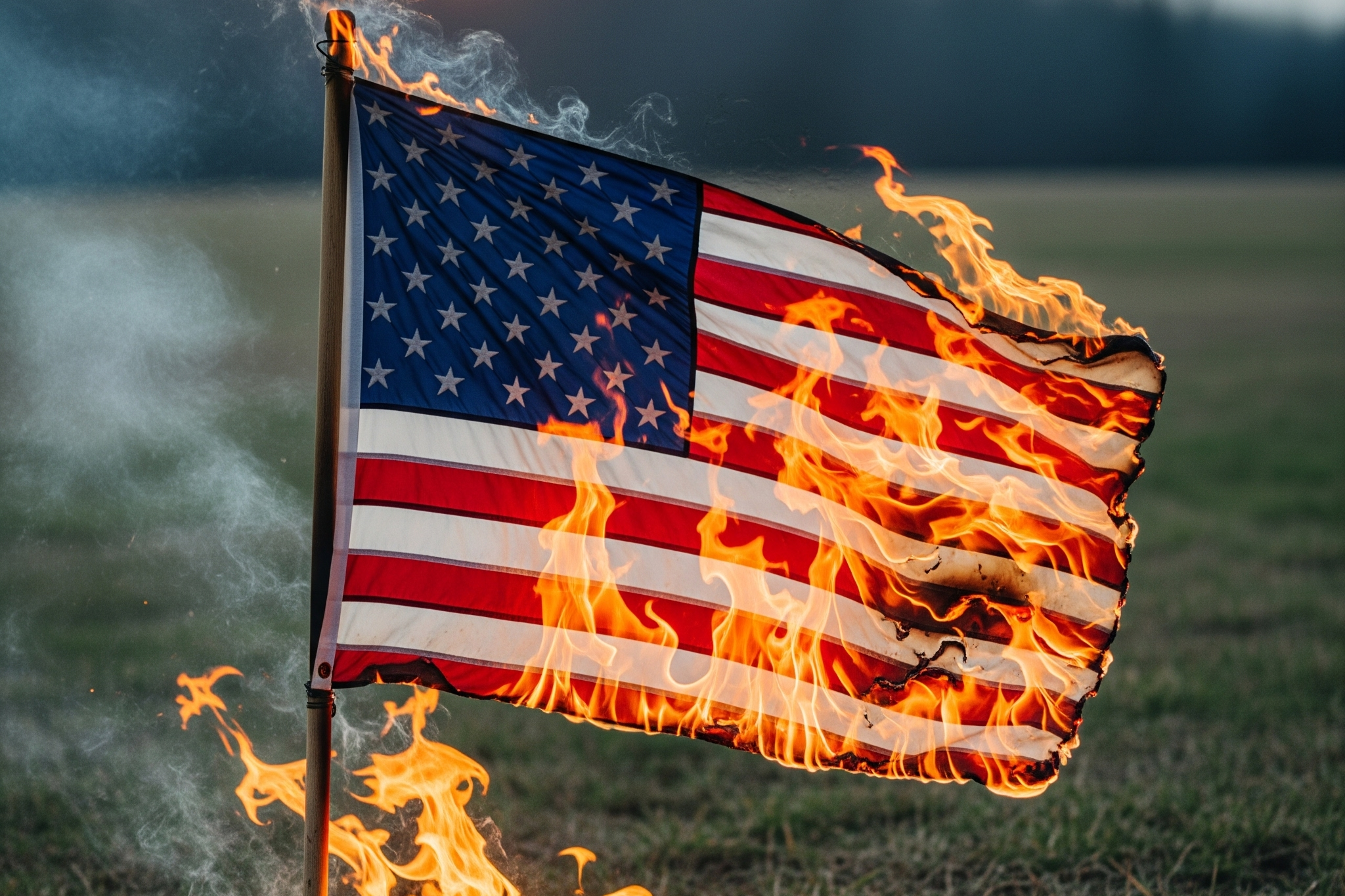


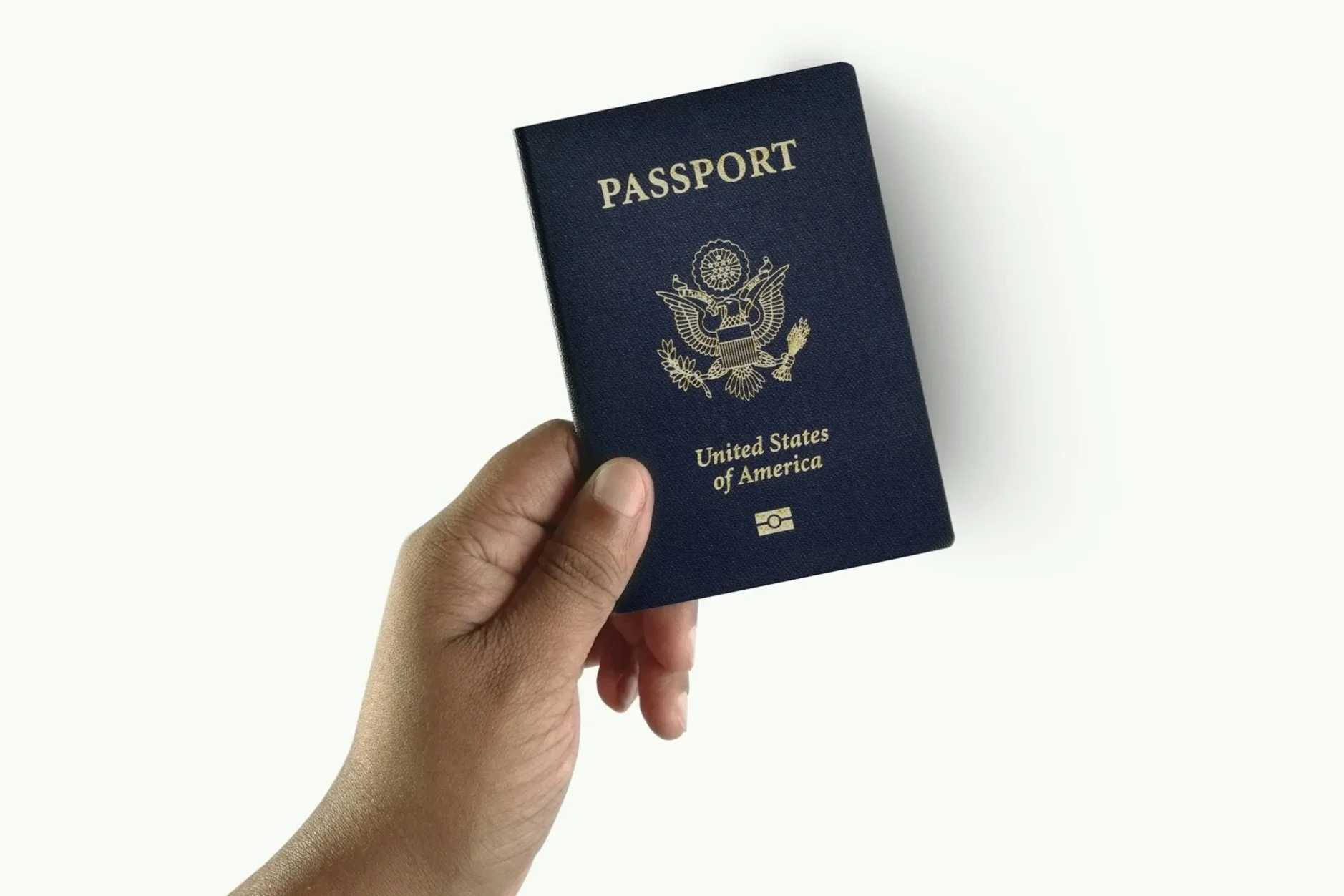

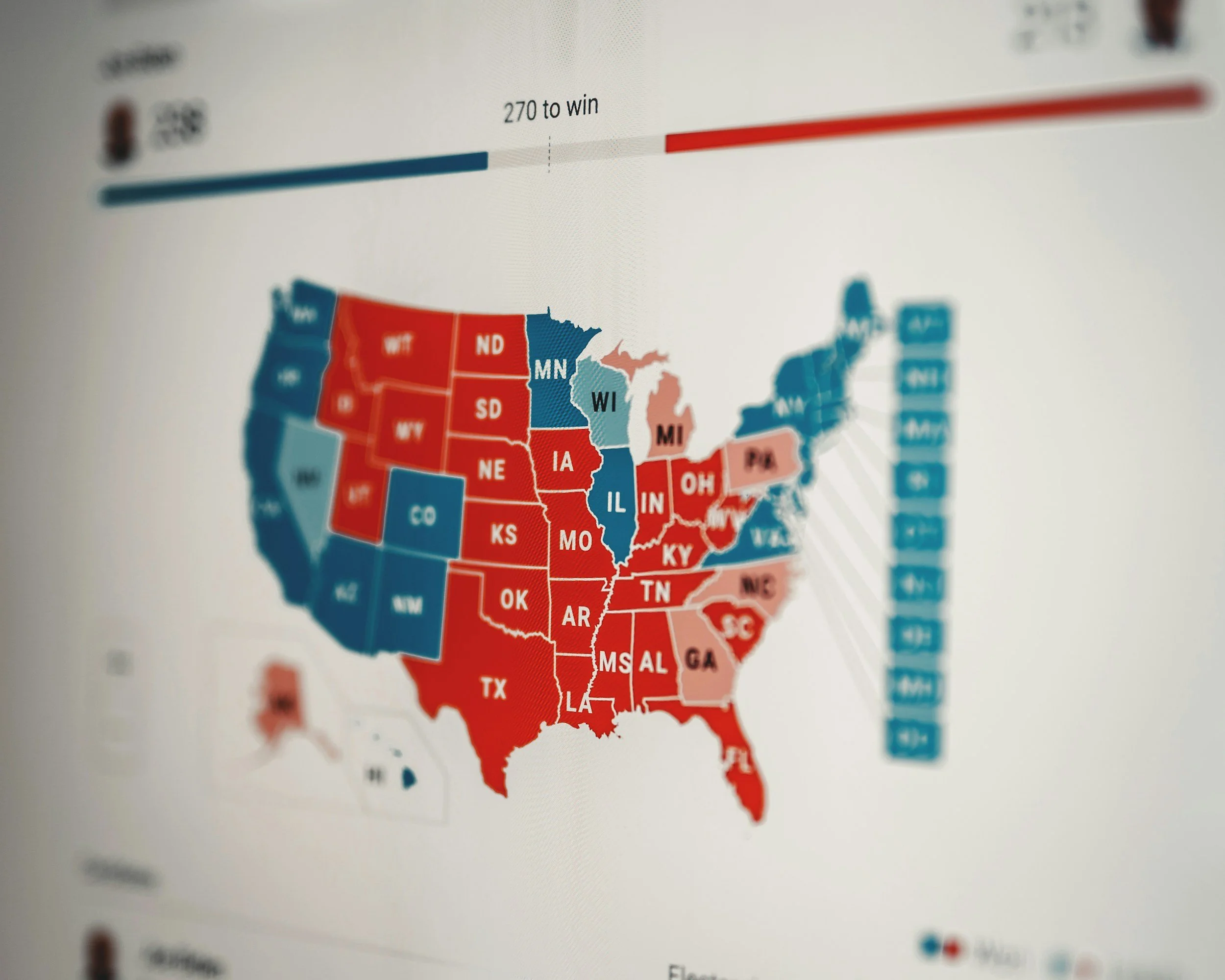


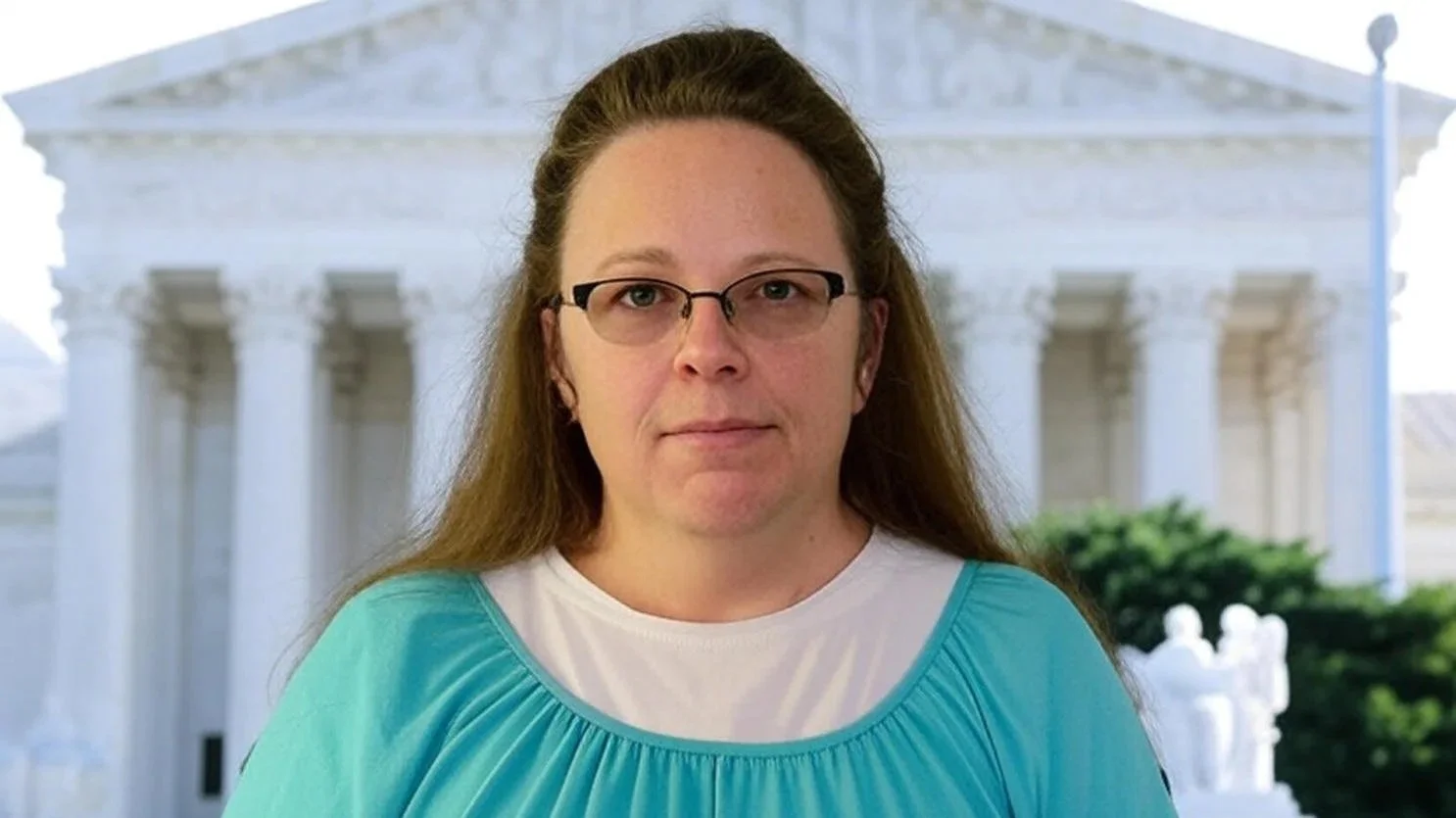
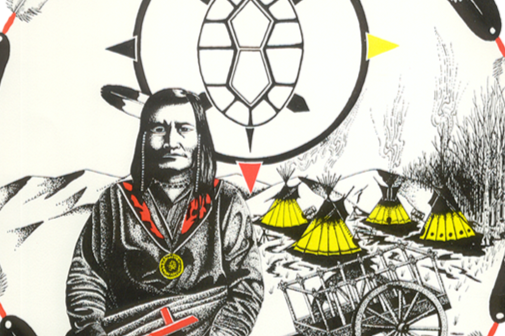

In a significant policy shift, federal prosecutors in the District of Columbia have been directed to stop bringing felony charges against individuals solely for carrying rifles or shotguns. The new directive, confirmed by U.S. Attorney for D.C. Jeanine Pirro, stems from a Justice Department determination that the city's longstanding ban on the public carry of long guns is unconstitutional in light of recent Supreme Court precedent.